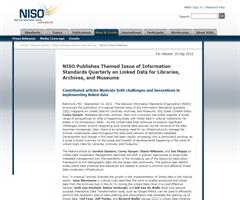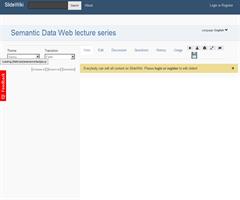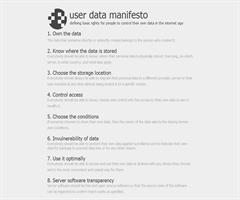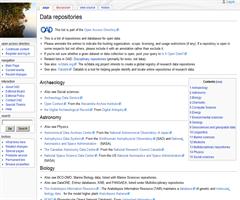Publicado por Pablo Hermoso de Mendoza González
26/02/2013
En este artículo los autores exponen como los datos de más de 23 millones de objetos culturales europeos están siendo estructurados, generándose los RDF necesarios para poder interoperar en el gran marco de la LINKED OPEN DATA web. Este proyecto promovido por la Unión Europea tiene como objetivo recopilar y hacer más accesible a la ciudadanía europea el enorme patrimonio cultural existente. In , Antoine Isaac, Robina Clayphan, and Bernhard Haslhofer explain how the metadata for over 23 million objects are being converted to an RDF-based linked data model in the European Union's flagship digital cultural heritage initiative.





